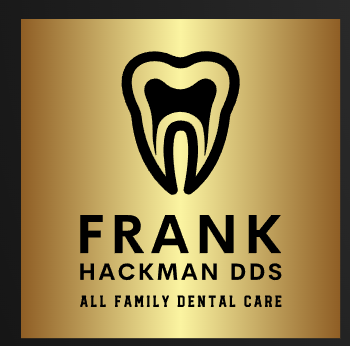Choosing the right orthodontic treatment is an important decision that can significantly impact your oral health and self-confidence. Two popular options are traditional metal braces and Invisalign clear aligners. Both can effectively straighten teeth, but they offer different advantages and experiences. As an experienced Invisalign dentist, Dr. Frank Hackman is here to provide insights into these two options to help you make an informed decision.
Understanding Traditional Braces
Traditional braces have been around for decades and have a proven track record for treating dental misalignment and bite issues. They consist of metal brackets attached to each tooth and connected by a wire, which is periodically tightened to move the teeth into the desired position gradually.
Benefits of Traditional Braces
Traditional braces are particularly effective for more complex dental issues, such as severe crowding, high malocclusion, or problems with jaw alignment. They are also a reliable choice for younger patients, who may lack the discipline required for removable aligners.
Exploring the Invisalign System
In contrast, Invisalign uses a series of custom-made, clear, removable aligners to fit over your teeth. The aligners are designed to shift your teeth into place, with each set gradually adjusted slightly from the one before.
Advantages of Invisalign
Invisalign aligners are nearly invisible, allowing more discreet treatment. They can be removed for eating, drinking, brushing, and flossing, which can simplify oral hygiene routines and dietary choices. Invisalign can also offer a more comfortable experience, as there are no wires or brackets that could potentially irritate the mouth. However, Invisalign requires discipline to wear the aligners for the recommended 20 to 22 hours daily.
Comparing Invisalign and Traditional Braces
While both Invisalign and traditional braces can correct many orthodontic issues, key differences exist.
Appearance
For those conscious about their appearance, Invisalign’s clear aligners offer a significant advantage, as they are much less noticeable than metal braces. This can be particularly appealing to adults and teenagers.
Comfort and Convenience
Invisalign aligners are typically more comfortable than braces, with no metal to cause mouth abrasions. They can also be removed for meals, allowing greater dietary flexibility and making oral hygiene routines simpler and more effective.
Duration of Treatment
The duration of treatment can vary widely depending on the individual and the extent of correction required. On average, treatment with braces tends to last around 24 months, while Invisalign treatment typically lasts between 12 to 18 months. However, your dentist or orthodontist can only determine the exact duration.
Which is Right for You: Invisalign or Braces?
The decision between Invisalign and braces depends on various factors, including your dental needs, lifestyle, age, and personal preference. All Family Dental Care is committed to helping you make the best oral health and lifestyle decisions. Schedule a consultation with Dr. Frank Hackman to discuss your orthodontic treatment options and find the best solution for your unique needs.
What Makes a Great Invisalign Dentist? Key Qualities to Look For





One thought on “Invisalign vs. Traditional Braces: Insights from an Invisalign Dentist”